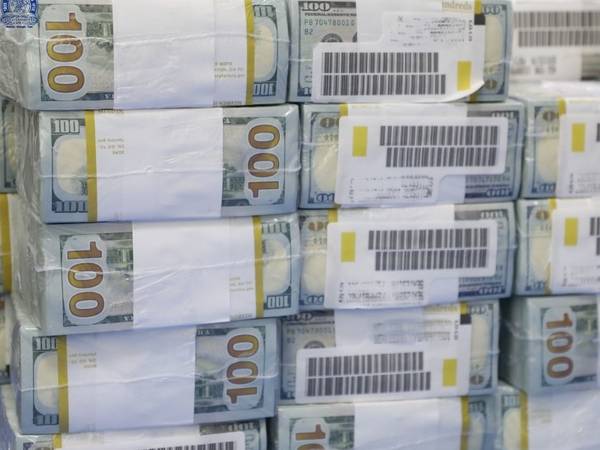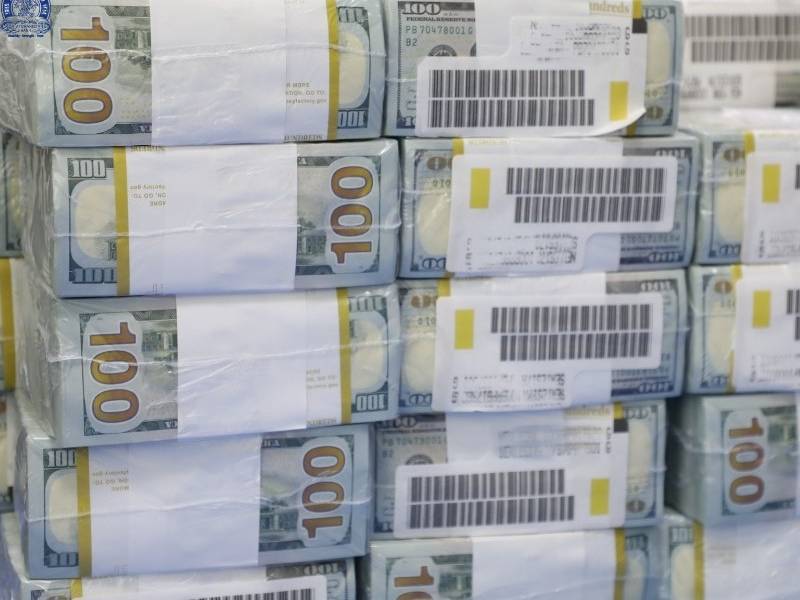Government-controlled media in Iran remained silent on a new package of US sanctions targeting companies around the world that assist Iran in circumventing sanctions.
News about more sanctions usually leads the rise of the US dollar on the local market. Since September the dollar and other currencies have doubled their exchange rate against Iran’s currency, leading to a serious economic crisis and inflationary pressure.
At the same time, Hamid Hosseini, the chairman of the Iran-Iraq chamber of commerce claimed that the United States has allowed Iraq to release $500 million of its debts to Iran.
Iraq imports electricity and natural gas from Iran and owes Tehran more than $10 billion, because US banking sanctions do not allow dollar transfers to Iran. However, Hosseini said that Iraq's debt has reached $18 billion.
The US, however, has allowed the money blocked in Iraq to be used for importing goods not banned under American sanctions. These are generally food, medicine and medical supplies. Hosseini’s claim about the release of $500 million, if true, could have been an action within this framework.
After dropping to a low of 600,000 to the US dollar, the rial has regained some of its value and is now trading at around 500,000 against the dollar, but that is still half of its value compared to one year ago. A three-day religious holiday has kept the currency market in check in this week.

